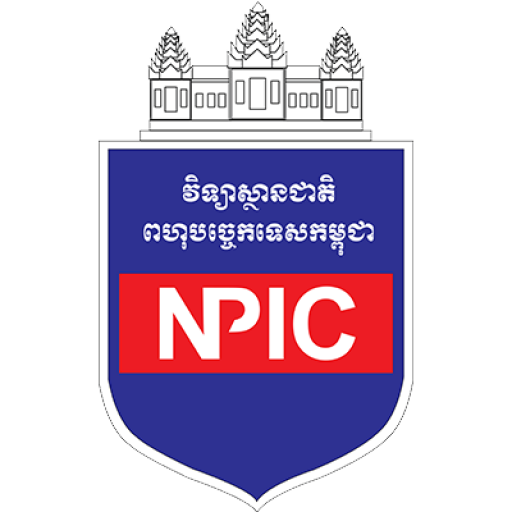Category: civil
-
A Study of 3-Dimensional Blade Laundry Geometric Modelling by using Various Manufacturing Processes
—
by
A key research design objective that specific RP processes is the prototype component possesses sufficient strength, stiffness, dimensional stability, and environmental protection characteristics commensuration with its purposes. Moreover, CNC machining process is used in the manufacturing sector that involves the use of computers to control machine tools. So, it is prior to the development of…
-
Study on phase change material and its appropriate thickness for controlling solar cell module temperature
—
by
Appropriate thickness of phase change material (PCM) to control the solar cell module temperature for increasing power generation was carried out. A PCM, RUBITHERM RT42, with the melting point at 42°C and a thickness of 50 mm was used to absorb heat at the back of a 250 Wp polycrystalline solar cell. A numerical enthalpy…
-
Increase of power generation from solar cell module by controlling its module temperature with phase change material
—
by
In this study, performance of a 250 Wp (watt peak) polycrystalline solar cell module was tested by controlling the module temperature with 50 mm thickness Rubitherm RT42 phase change material (PCM) attached at the back of the solar cell module. Solar energy absorbed by the module as heat was transferred to the PCM which was…
-
Performance analysis on combined heat and power of photovoltaic-thermal module integrated with phase change material-water storage
—
by
Use of phase change material (PCM) to generate temperature stratification in water storage tank coupled with unglazed photovoltaic-thermal (PVT) module for combined heat and power generation enhancement was investigated by experimental and numerical analyses. In the experiment, RT42 PCM having melting point of 38–43 °C was filled in a packed-bed of 40 mm diameter spherical…
-
Effects of longitudinal asymmetric distribution of a lipid core on plaque wall stress
—
by
The rupture of the atherosclerotic plaque is related to the mechanical stress and structural integrity of plaque wall tissues. In order to investigate the longitudinal asymmetry across the stenosis of the arterial plaque wall, asymmetric plaque wall models were constructed by skewing the lipid core distribution in the upstream direction. Wall stress and blood flow…
-
Effect of distal thickening and stiffening of plaque cap on arterial wall mechanics
—
by
To investigate the effect of longitudinal variations of cap thickness and tissue properties on wall stresses and strains along the atherosclerotic stenosis, stenotic plaque models (uniformly thick, distally thickened, homogenous, and distally stiffened) were constructed and subjected to computational stress analyses with due consideration of fluid–structure interactions (FSI). The analysis considered three different cap thicknesses—45,…
-
Effect of distal thickening and stiffening of plaque cap on arterial wall mechanics
—
by
To investigate the effect of longitudinal variations of cap thickness and tissue properties on wall stresses and strains along the atherosclerotic stenosis, stenotic plaque models (uniformly thick, distally thickened, homogenous, and distally stiffened) were constructed and subjected to computational stress analyses with due consideration of fluid–structure interactions (FSI). The analysis considered three different cap thicknesses—45,…
-
Computational study on phase lag of arterial-wall motion for assessment of plaque vulnerability
—
by
Arterial wall viscoelasticity is likely to be a good diagnostic indicator of vascular disease, but only a few studies on the assessment of wall viscosity have been performed. Artery phantoms are manufactured using polydimethylsiloxane (PDMS) to simulate the viscoelastic characteristics of the artery wall, which depends on the wall tissue composition and progression of atherosclerosis.…
